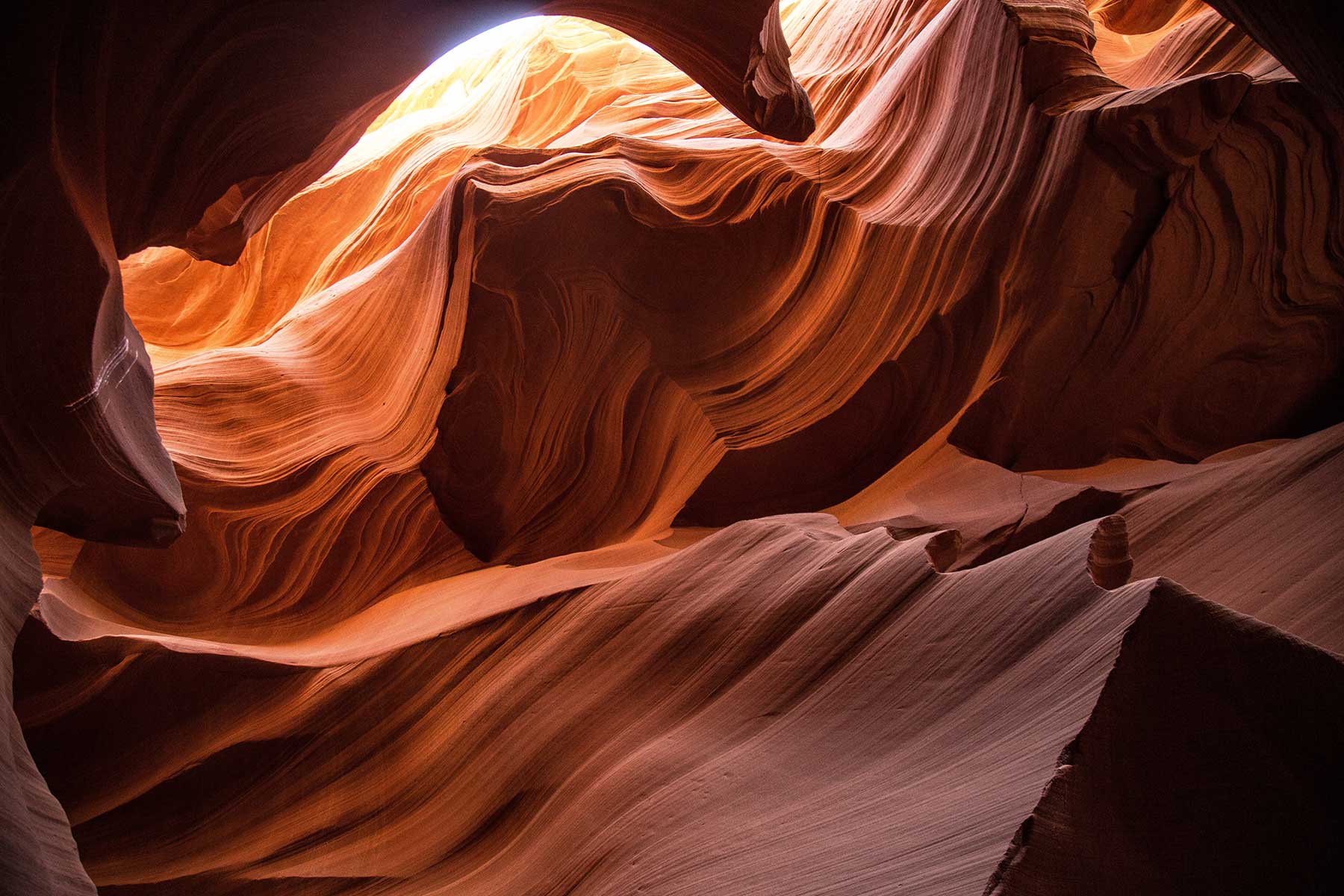Luncheon Details
Lunch is $10 for members, $12 for nonmembers, and $5 for students.
Room 1040-1050 in the Utah DNR Building
Understanding Managed Aquifer Recharge in the Glen Canyon Group aquifer near Saint George and Vernal, Utah
Tom Marston U.S. Geological Survey Utah Water Science Center
As populations grow in arid areas, aquifers are increasingly targeted for fresh-water supply. Understanding the potential for managed aquifer recharge is becoming increasingly important for sustainable water-resources management. The Navajo Sandstone Recharge Project near Saint George, Utah has been underway since 1999, and has allowed for the assessment of artificial recharge potential for the Navajo Sandstone Aquifer including recharge via Sand Hollow Reservoir. Sand Hollow Reservoir, located in the Hurricane Bench in southwestern Utah, is operated primarily as a managed aquifer recharge project by the Washington County Water Conservancy District. The reservoir is located on a thick sequence of the Jurassic-age Navajo Sandstone and Kayenta Formation. The total recharge from the reservoir to the underlying Navajo Sandstone aquifer from 2002 to 2018 was about 160,000 acre-feet. A computer groundwater flow model has been developed to simulate the movement of managed aquifer recharge and storage potential in the surrounding Navajo aquifer. The model was calibrated to observed water levels, tracer-based groundwater travel times, drain discharges, and monthly estimated reservoir recharge. The model provides information to make estimates of total additional groundwater storage available for the study area and to investigate travels times of recharged water to discharge points. The model predicts an estimated 325,000 acre-ft of additional groundwater storage can be achieved within the study area.
In 2015, the Uintah Water Conservancy District, the Bureau of Reclamation, and the United States Geological Survey initiated a study at Red Fleet Reservoir in Uintah County, Utah; an approximately 26,000 acre-foot (acre-ft) on-channel reservoir in the Big Brush Creek drainage on the south slopes of the Uinta Mountains. It is operated primarily for irrigation needs while providing a supplemental drinking-water supply to the Vernal, Utah area. Red Fleet Reservoir, which is operated by the Bureau of Reclamation and the Uintah Water Conservancy District, began storing water in May 1980. The reservoir is on southward dipping Mesozoic lithologies ranging from Jurassic to Cretaceous in age. The Nugget and Frontier Sandstone aquifers were the targeted geologic units in this investigation, which was to characterize groundwater conditions that exist in each sandstone aquifer and how they interact with Red Fleet Reservoir. Total groundwater discharge primarily from the Nugget Sandstone aquifer to Red Fleet Reservoir from 1980 through 2015 was about 40,000 acre-ft.




